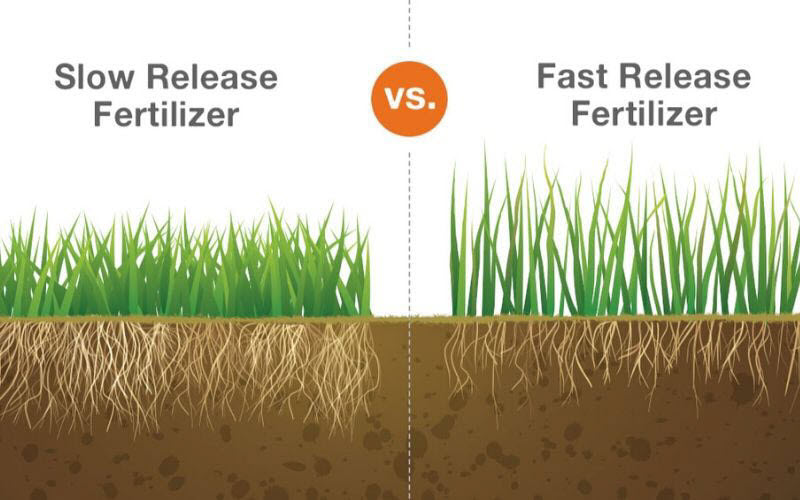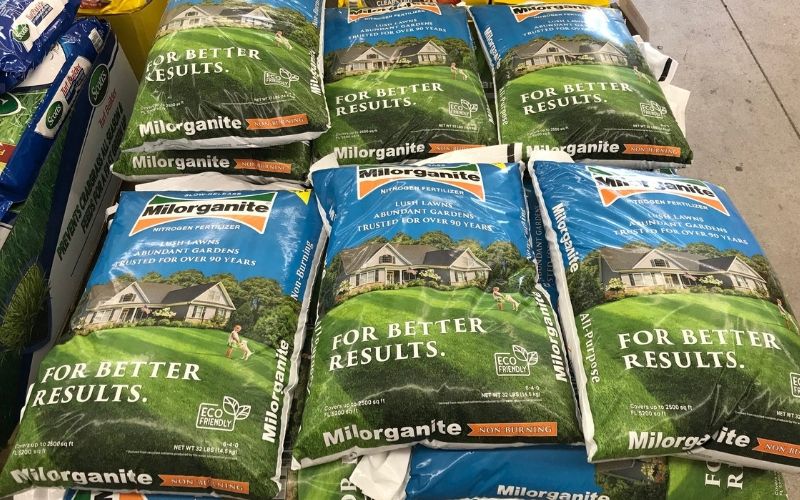Container Garden

Container gardening is ideal for small spaces and areas with compacted or poor soil. Containers help create ideal growing conditions by selecting an area with adequate light, a container with good drainage, using a quality potting mix, and slow-release fertilizer, like Milorganite®.
Select a Container
- Select a container with drainage holes, or make your own. Keep drain holes open by placing small stones in the container bottom before filling it with potting mix. Healthy plants need room to grow, but also oxygen for the roots. Excess water must be able to escape or plants will drown.
- Porous containers made from unglazed terracotta or clay, timber, paper pulp, and other natural materials allow moisture and air to move through them. The key benefits of materials that ‘breathe’ is this allows air to circulate around plant roots and as the moisture evaporates out the side of the pot it cools the soil and helps draw excess water and prevents rotting. The downside is these containers dry out more quickly and so does the potting mix so they need watering more frequently.
Quality Potting Mix
A good potting mix is fluffy, holds moisture, and gives plant roots the perfect balance of air, moisture, nutrition, and stability. If the potting mix is too dense or too wet, plant roots may become stunted or even die.
Select Plants
Select plants based on the plant growth size and the size of your container and how much sun the area you will place the container will receive.
Fertilize
Fertilize with Milorganite when planting and then every 6-8 weeks. For best results gently work Milorganite into the first inch of soil. The salt-free formula will not burn your tender plants and keeps troublesome salts from building up. The slow-release nitrogen will feed your plants evenly and gradually, without interfering with flowering or fruit and vegetable development.
Water
Water new plantings thoroughly and often enough to keep the soil moist, but be careful to not overwater. Water early in the morning to reduce the risk of disease and water lost to evaporation, and wait until the soil is crumbly and slightly moist before watering again. As plants mature water less frequently and deeply for stronger root development.
| Container Size | Tablespoons of Milorganite |
|---|---|
| 5-Gallon | 10 (2/3 cup) |
| 2-Gallon | 4 |
| 1-Gallon | 2 |
| ½-Gallon | 1 |
| 6-Inch | ½ |
Garden Articles
Garden Videos
Related Garden Tips

Fruit and Vegetable Application Rates
Learn how much Milorganite to apply to your fruits and vegetables.

Organic vs. Synthetic Fertilizer
Learn the differences and benefits of organic and synthetic fertilizers.






